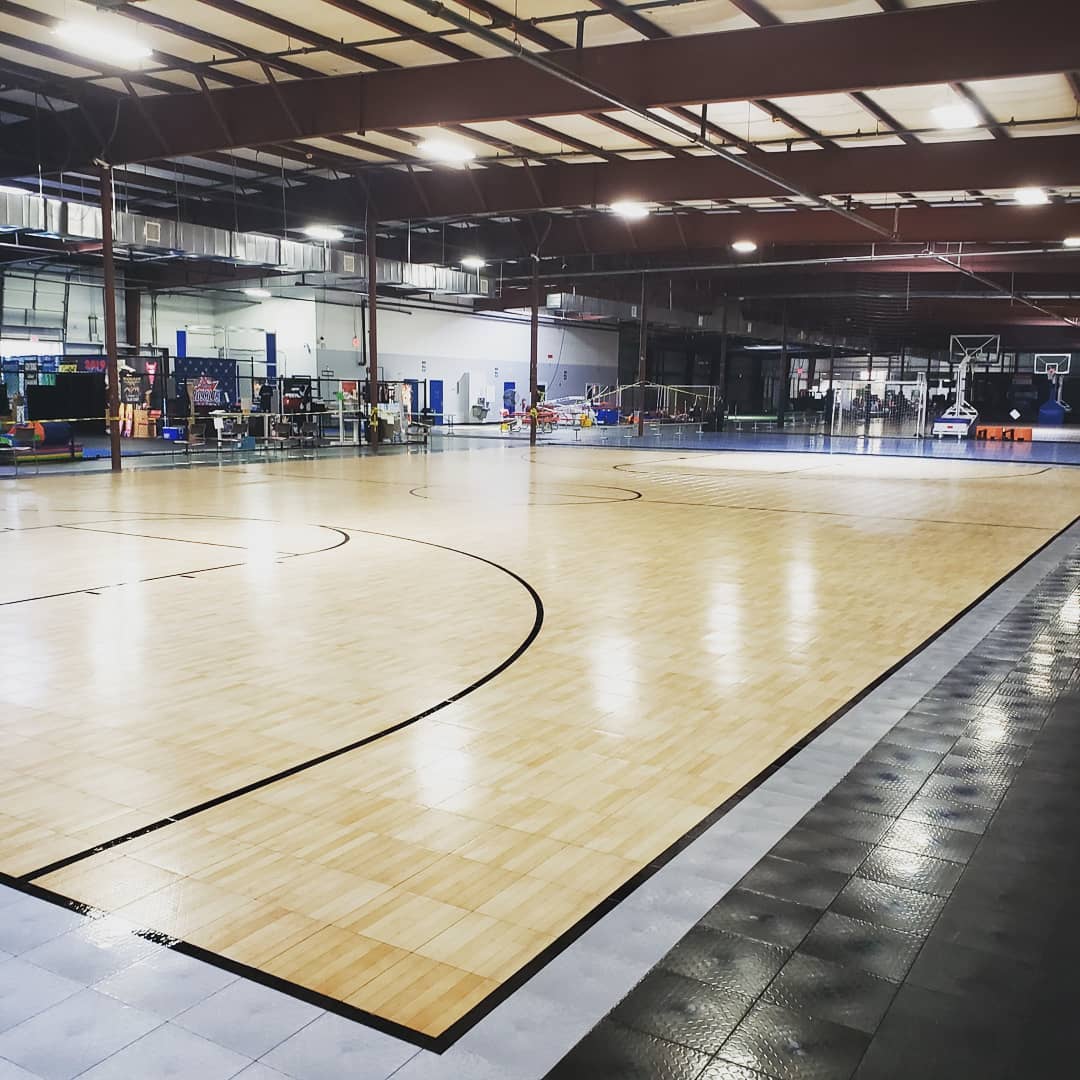
In today’s world, where space is often at a premium, repurposing underutilized or unused areas into dynamic athletic facilities has gained significant attention. These transformations not only maximize the potential of existing spaces but also provide opportunities for individuals and communities to engage in physical activities. In this article, we will explore the benefits, challenges, and key considerations involved in transforming unused spaces into vibrant athletic facilities.
- Identifying Unused Spaces: The first step in the transformation process is identifying unused spaces that have the potential to be repurposed into athletic facilities. This can include abandoned warehouses, empty lots, old buildings, or neglected outdoor areas. By recognizing the untapped potential of these spaces, we can unlock opportunities for community members to participate in sports and physical activities closer to their homes.
- Assessing Feasibility: Once an unused space is identified, a feasibility assessment should be conducted. Consider factors such as zoning regulations, safety requirements, structural integrity, and the availability of utilities. Engage with local authorities, architects, and experts to determine the viability of transforming the space into an athletic facility. This assessment ensures that the project meets legal and safety standards while providing a foundation for the transformation process.
- Designing Functional Spaces: Effective design plays a crucial role in transforming unused spaces into dynamic athletic facilities. Consider the specific sports or activities that the facility will cater to and design the space accordingly. Incorporate features such as multipurpose courts, fitness areas, track lanes, or specialized equipment depending on the targeted user base. Efficient space planning and intelligent utilization of resources can optimize the functionality of the facility.
- Adapting to the Environment: Unused spaces often present unique environmental challenges. It is essential to adapt the facility design to the surroundings while mitigating any potential issues. For outdoor spaces, consider factors such as weather conditions, natural light, and landscaping. Indoor spaces may require appropriate ventilation, insulation, and acoustics. By embracing the existing environment and making necessary adaptations, the transformed athletic facility can harmonize with its surroundings.
- Community Engagement and Partnerships: Transforming an unused space into an athletic facility should involve community engagement and partnerships. Seek input from local residents, sports organizations, and community leaders to understand their needs and preferences. Collaboration with relevant stakeholders can bring valuable insights, resources, and support to the project. Engaging the community also fosters a sense of ownership and ensures that the facility meets the diverse needs of its users.
- Sustainable Practices: Incorporate sustainable practices into the transformation process. Consider energy-efficient lighting, water-saving measures, and eco-friendly construction materials. Implementing sustainable features not only reduces the environmental impact but also helps manage operational costs in the long run. Additionally, prioritize accessibility and inclusivity by incorporating universal design principles, ensuring that the facility is accessible to individuals with diverse abilities.
- Programming and Maintenance: Once the athletic facility is transformed, focus on programming and maintenance to ensure its long-term success. Develop a variety of sports programs, fitness classes, and events to attract and engage the community. Establish proper maintenance protocols to preserve the facility’s functionality, cleanliness, and safety. Regular inspections, repairs, and updates will contribute to the facility’s sustainability and longevity.
Transforming unused spaces into dynamic athletic facilities presents exciting opportunities for individuals, communities, and the sports industry as a whole. By repurposing these spaces, we can create accessible and vibrant environments that encourage physical activity, promote community engagement, and enhance the quality of life. With careful planning, design, community involvement, and sustainable practices, these transformed spaces have the potential to become thriving hubs of athletic excellence, fostering a healthier and more active society.


